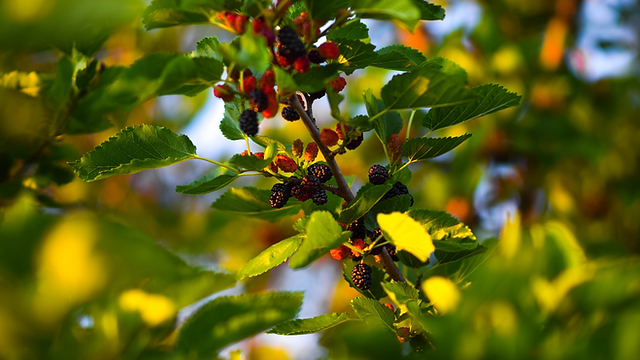Root vegetables are an essential part of any garden. They are not only delicious and nutritious, but they are also relatively easy to grow. If you’re new to gardening or looking to expand your vegetable patch, learning how to grow root vegetables is a great place to start.
Choosing the Right Varieties
Before you start planting, it’s crucial to choose the right varieties of root vegetables for your climate and soil conditions. Some common root vegetables include:
- Carrots
- Beets
- Radishes
- Turnips
- Potatoes
Each of these vegetables has specific growing requirements, so be sure to research which varieties are best suited for your region.
Preparing the Soil
Root vegetables thrive in loose, well-draining soil. Before planting, prepare the soil by loosening it to a depth of at least 12 inches. Remove any rocks, weeds, or debris, and work in some well-aged compost to improve the soil’s fertility and structure.
Planting and Spacing
When planting root vegetables, it’s essential to follow the recommended spacing for each variety. Plant the seeds in rows or blocks, ensuring that there is adequate space between each seed to allow for proper root development.

Credit: www.pinterest.com
Watering and Maintenance
Root vegetables require consistent moisture to develop properly. Keep the soil evenly moist, but not waterlogged, throughout the growing season. Mulching around the plants can help retain soil moisture and suppress weeds.
Regular weeding and thinning are crucial for root vegetable cultivation. Remove any weeds that compete with the vegetables for nutrients and sunlight. Thinning the seedlings to the recommended spacing will prevent overcrowding and ensure that each plant has enough room to grow.

Credit: www.amazon.com
Harvesting and Storage
Harvesting times vary depending on the type of root vegetable. Carrots and beets can be harvested when they reach the desired size, while potatoes should be dug up once the tops of the plants have died back.
After harvesting, cure or dry the vegetables as needed. Store them in a cool, dark, and humid environment such as a root cellar or a refrigerator to prolong their shelf life.
Pest and Disease Management
Like all plants, root vegetables are susceptible to pests and diseases. To prevent infestations, practice crop rotation and avoid planting root vegetables in the same location each year. Additionally, keep an eye out for common pests such as aphids, root maggots, and wireworms, and take appropriate measures to control them.
Ensuring proper air circulation and adequate spacing between plants can also help prevent disease issues such as rot and mildew.
Frequently Asked Questions Of How To Grow Root Vegetables: 10 Expert Tips For A Bountiful Harvest
How Long Does It Take For Root Vegetables To Grow?
Root vegetables generally take 2 to 4 months to reach maturity, depending on the specific vegetable and growing conditions.
What Are Some Popular Types Of Root Vegetables?
Popular types of root vegetables include carrots, potatoes, beets, radishes, and turnips, among others. Each has its own unique taste and nutritional profile.
How Do I Prepare The Soil For Growing Root Vegetables?
To prepare the soil for growing root vegetables, ensure it is well-drained, loose, and rich in organic matter. Remove rocks and debris, and consider adding compost or aged manure to improve fertility.
What Are The Best Growing Conditions For Root Vegetables?
Root vegetables thrive in cool climates with plenty of sunshine. They prefer soil temperatures between 50-80°F and require consistent moisture for optimal growth.
Conclusion
Growing your own root vegetables can be a rewarding and satisfying experience. By following these guidelines and staying attentive to your plants’ needs, you can enjoy a bountiful harvest of fresh, homegrown root vegetables throughout the growing season.
